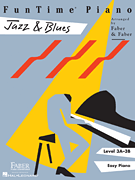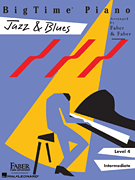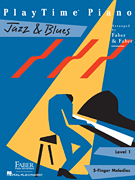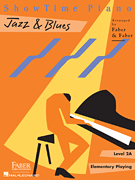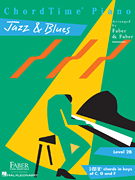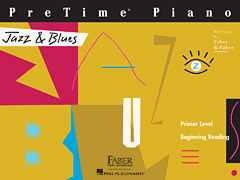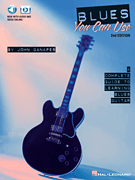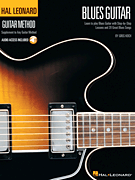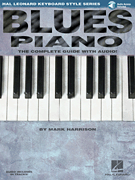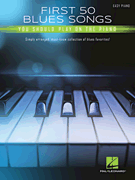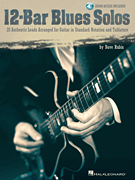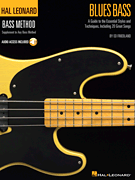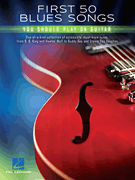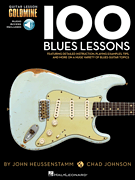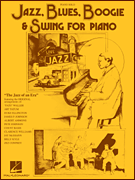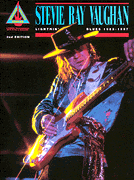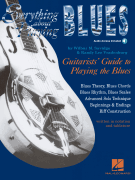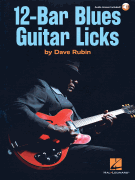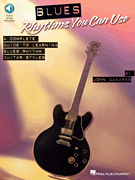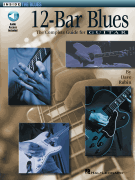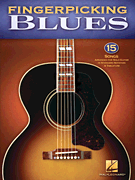Search Results for: “Blues”
Loading...
Blue Christmas View 307 Products
Twist And Shout View 307 Products
Blue Skies View 244 Products
Basin Street Blues View 204 Products
Blue Suede Shoes View 191 Products
Beautiful View 171 Products
St. Louis Blues View 167 Products
Stay With Me View 141 Products
All Blues View 137 Products
Nights In White Satin View 121 Products
Folsom Prison Blues View 119 Products
Bluesette View 114 Products
Cross Road Blues (Crossroads) View 109 Products
When Sunny Gets Blue View 102 Products
Sweet Home Chicago View 101 Products
Blue Moon View 100 Products
Little Girl Blue View 95 Products
Don't Fear The Reaper View 91 Products
Blue Eyes Crying In The Rain View 80 Products
Blue Moon Of Kentucky View 80 Products
Blue Train (Blue Trane) View 77 Products
Lavender Blue (Dilly Dilly) View 75 Products
The Beautiful Blue Danube, Op. 314 View 65 Products
C-Jam Blues View 65 Products
